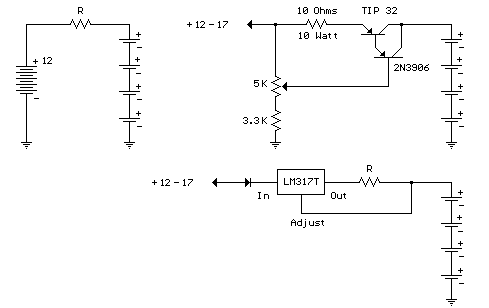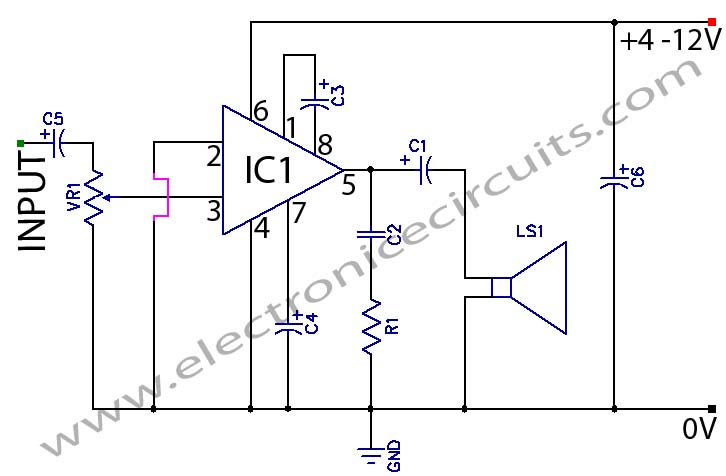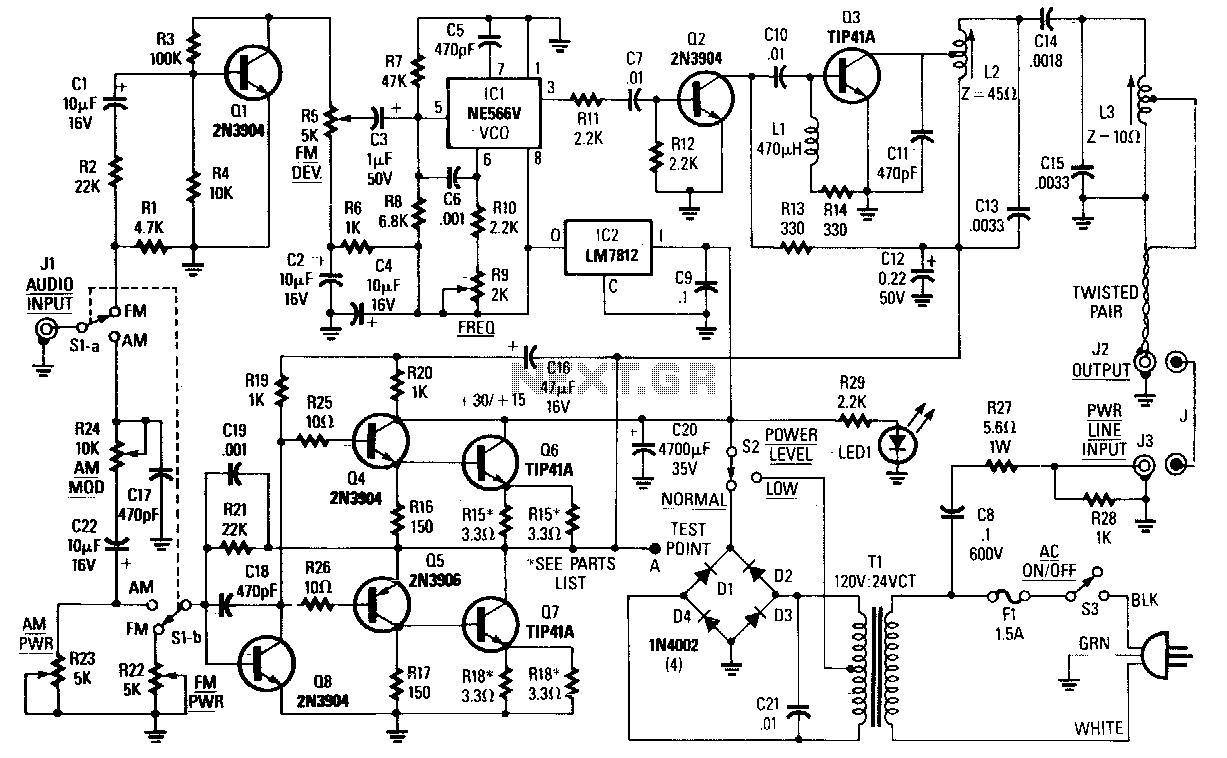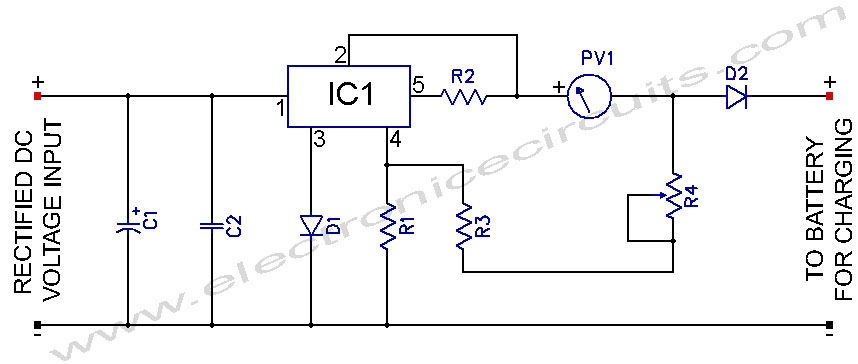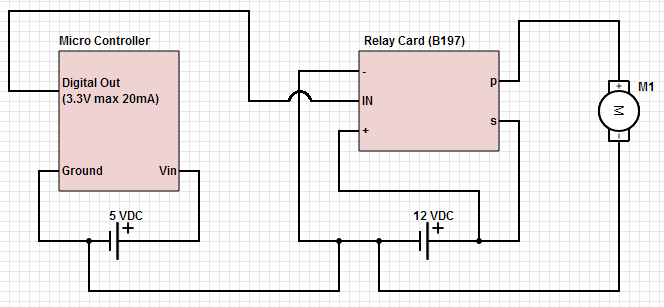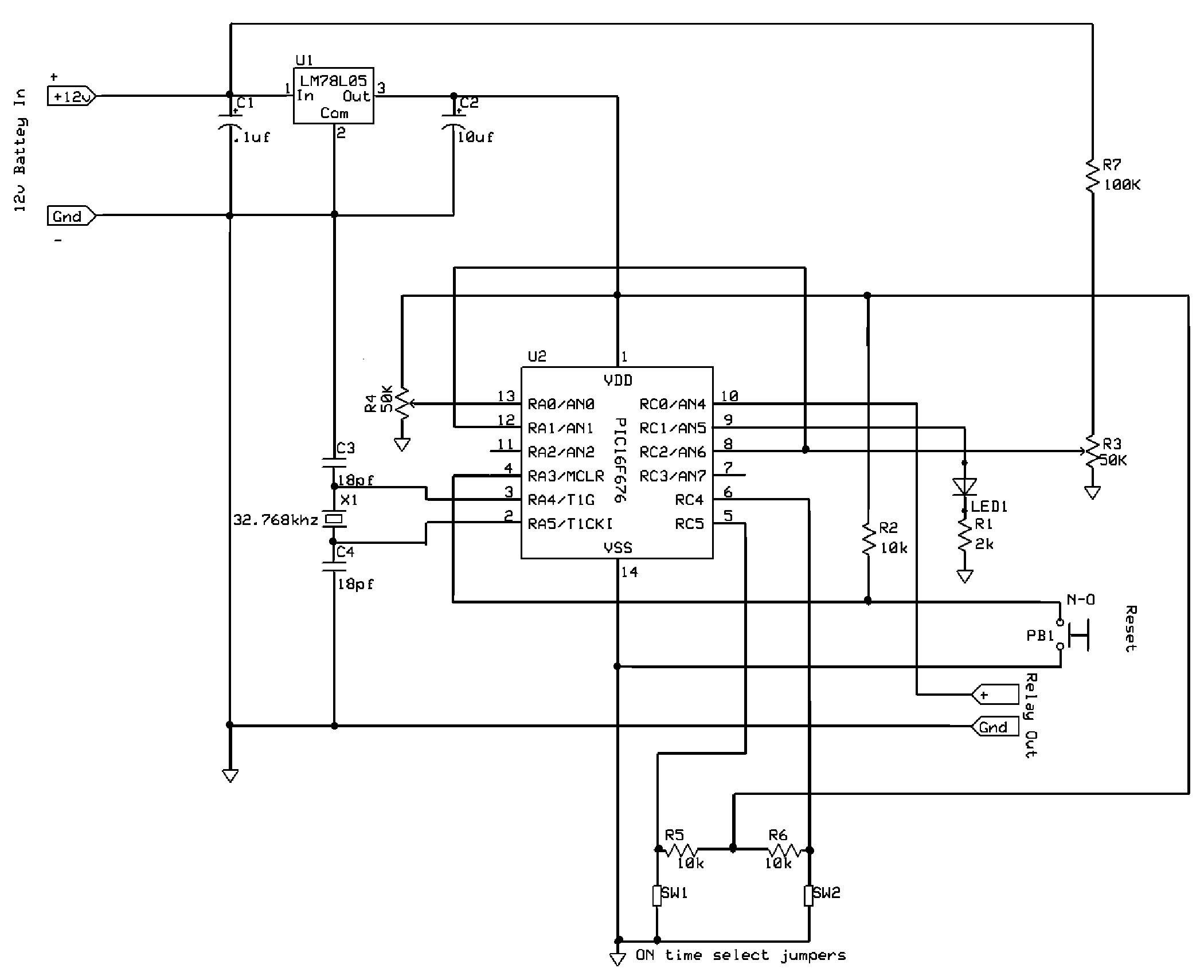
High Voltage High Current Power Supply
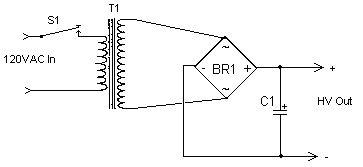
The circuit can produce about 250-500mA at 2KV, depending on the transformer. For C1, you can use the capacitor out of an old microwave. This circuit is mainly provided as a demonstration of using commonly available parts for something uncommon. This circuit is dangerous! Do not build it if you do not have any experience with electronics or high voltage.
This circuit utilizes a microwave transformer to generate high voltage and high current, specifically designed to output between 250 to 500mA at 2KV. The transformer serves as the core component, stepping up the voltage from a standard mains supply to the required high voltage level.
The capacitor, designated as C1, is a critical element in the circuit and can be sourced from an old microwave. Such capacitors are typically rated for high voltage applications, making them suitable for this design. It is essential to ensure that the capacitor can handle the voltage levels present in the circuit to avoid failure or hazards.
The schematic would typically include a primary coil connected to the AC mains supply and a secondary coil that outputs the high voltage. The output from the secondary is then connected to the capacitor, which stores the energy and smooths out the voltage spikes, providing a more stable high voltage output.
Due to the nature of high voltage circuits, safety precautions must be emphasized. Proper insulation, secure connections, and the use of components rated for high voltage are crucial to prevent electrical shock or equipment damage. This circuit is not intended for inexperienced individuals, as the dangers of high voltage can lead to severe injury or fatality if mishandled.
In summary, while this circuit demonstrates the use of readily available components, it is vital to approach its construction with caution and respect for the associated risks.# The circuit can produce about 250-500mA at 2KV, depending on the transformer. # For C1, you can use the capacitor out of an old microwave. # This circuit is mainly provided as a demonstration of using commonly available parts for something uncommon. This circuit is dangerous! Do not build it if you do not have any experience with electronics or high voltage. A while ago I came up with the idea of using a microwave transformer as a high voltage, high current power supply. Even though I had no use for such a supply, I decided to design one anyway. This is a very simple design mainly to show that there are uncom 🔗 External reference
This circuit utilizes a microwave transformer to generate high voltage and high current, specifically designed to output between 250 to 500mA at 2KV. The transformer serves as the core component, stepping up the voltage from a standard mains supply to the required high voltage level.
The capacitor, designated as C1, is a critical element in the circuit and can be sourced from an old microwave. Such capacitors are typically rated for high voltage applications, making them suitable for this design. It is essential to ensure that the capacitor can handle the voltage levels present in the circuit to avoid failure or hazards.
The schematic would typically include a primary coil connected to the AC mains supply and a secondary coil that outputs the high voltage. The output from the secondary is then connected to the capacitor, which stores the energy and smooths out the voltage spikes, providing a more stable high voltage output.
Due to the nature of high voltage circuits, safety precautions must be emphasized. Proper insulation, secure connections, and the use of components rated for high voltage are crucial to prevent electrical shock or equipment damage. This circuit is not intended for inexperienced individuals, as the dangers of high voltage can lead to severe injury or fatality if mishandled.
In summary, while this circuit demonstrates the use of readily available components, it is vital to approach its construction with caution and respect for the associated risks.# The circuit can produce about 250-500mA at 2KV, depending on the transformer. # For C1, you can use the capacitor out of an old microwave. # This circuit is mainly provided as a demonstration of using commonly available parts for something uncommon. This circuit is dangerous! Do not build it if you do not have any experience with electronics or high voltage. A while ago I came up with the idea of using a microwave transformer as a high voltage, high current power supply. Even though I had no use for such a supply, I decided to design one anyway. This is a very simple design mainly to show that there are uncom 🔗 External reference
